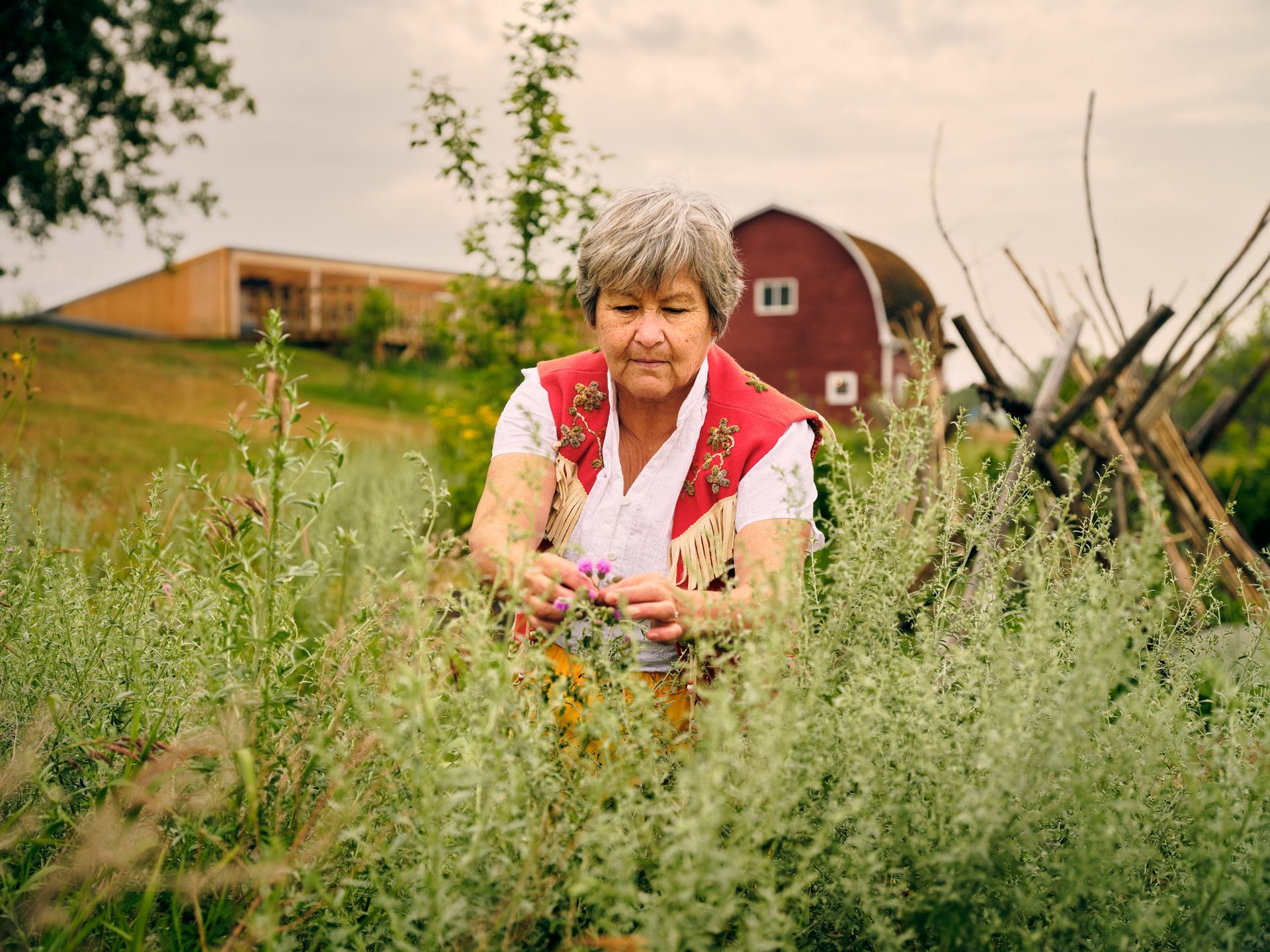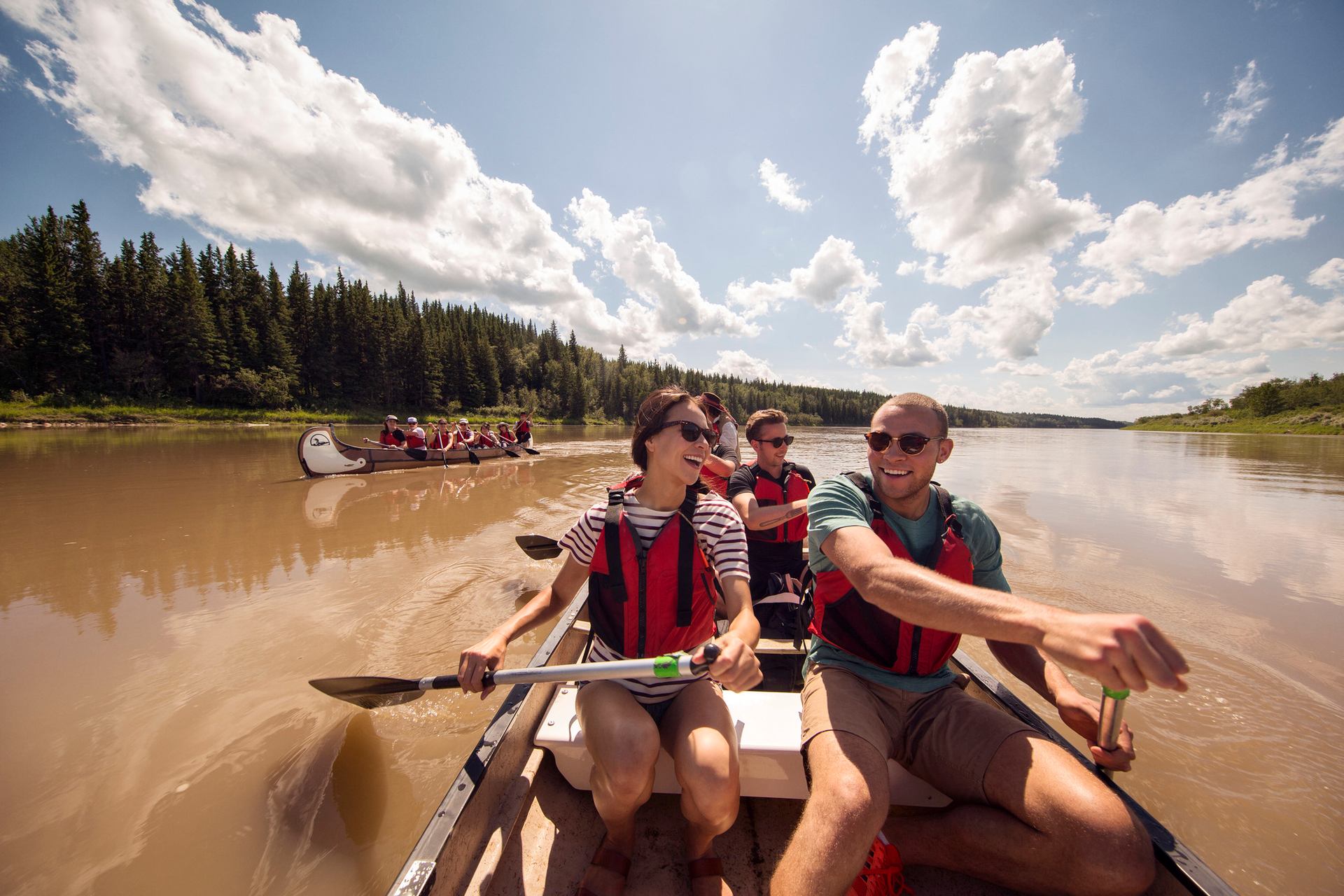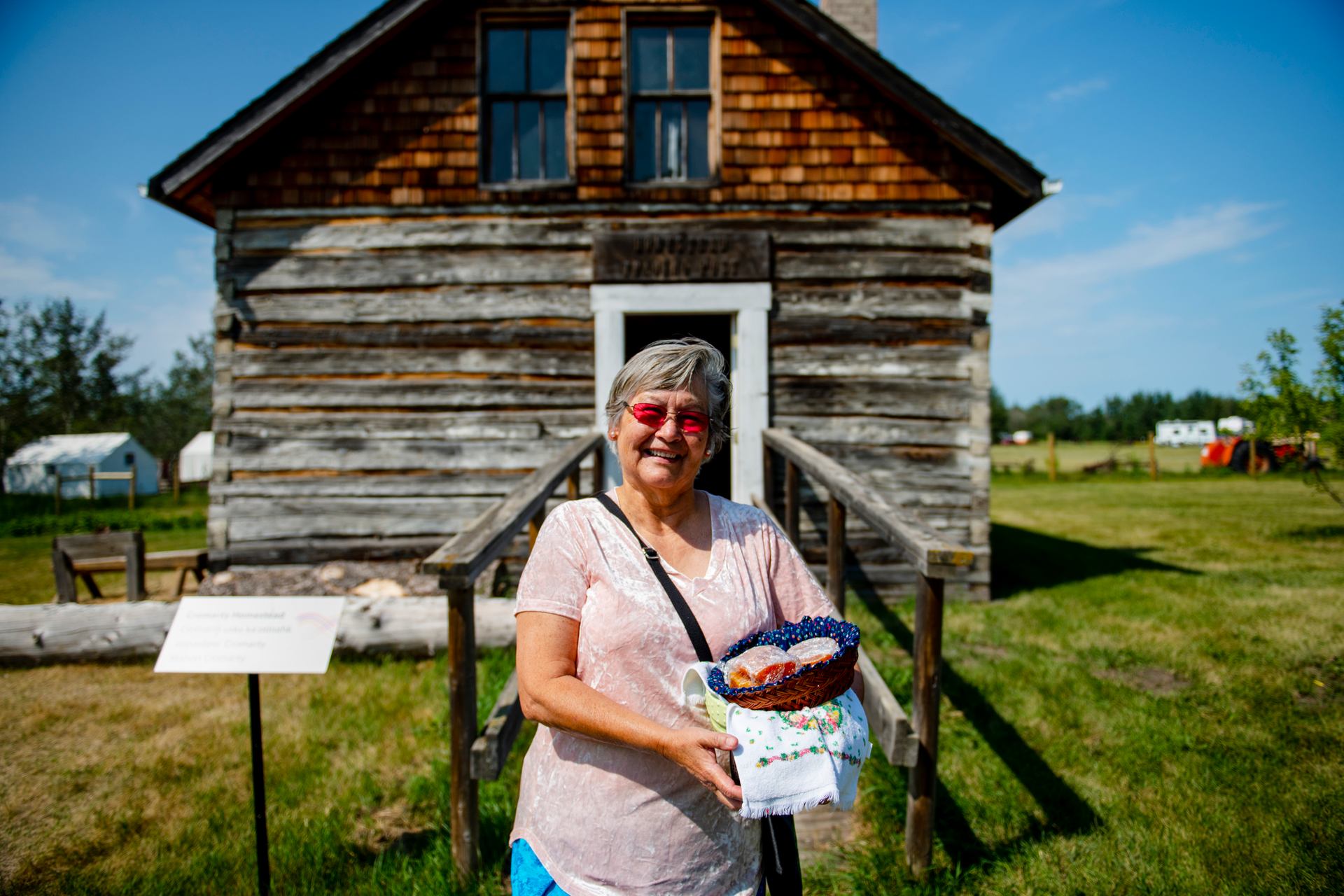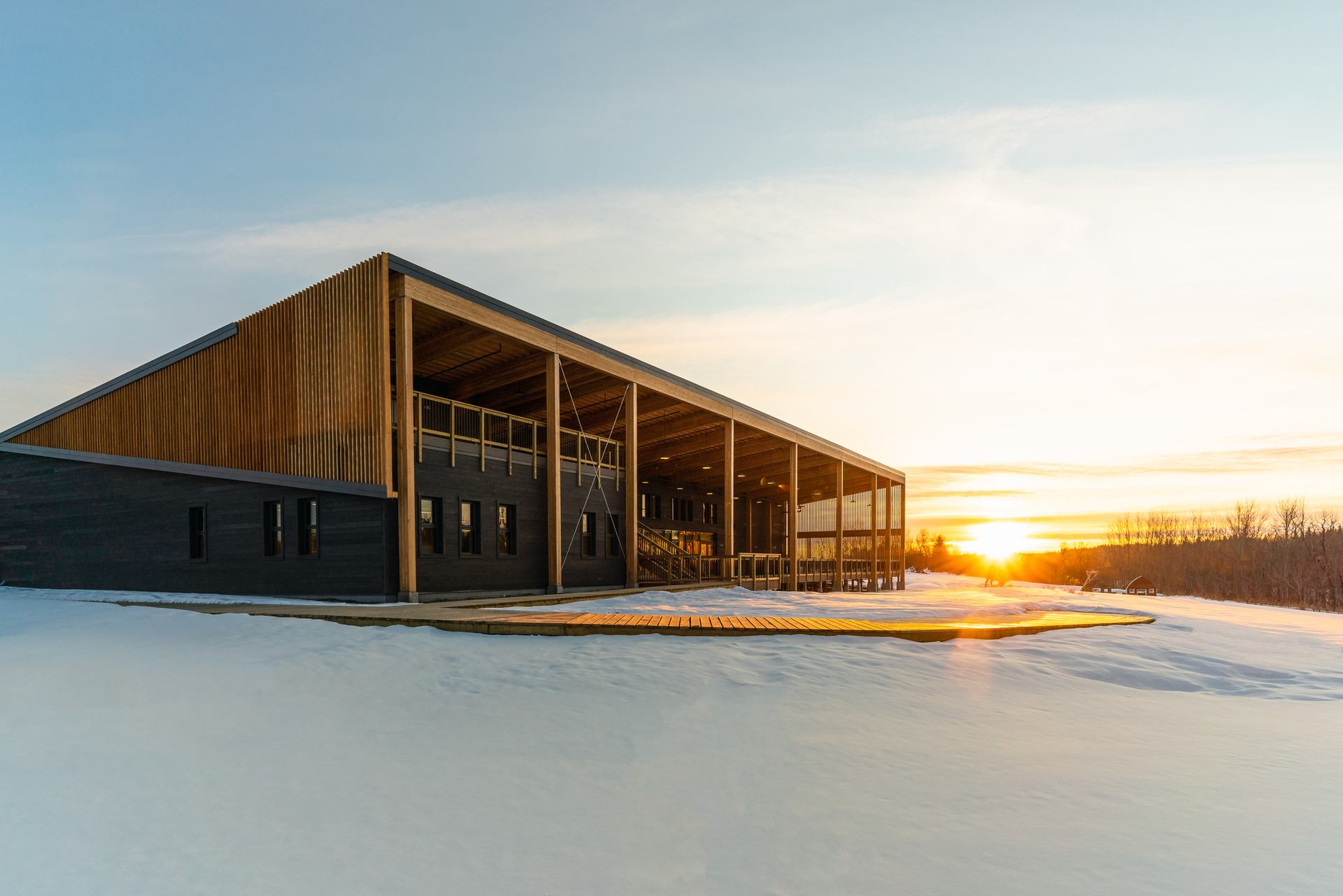The history of Métis Crossing
Dipping my paddle into the North Saskatchewan River, I helped steer a voyageur-style canoe downriver to Métis Crossing. There was something poetically appropriate about arriving at Alberta's first Métis cultural site in a canoe. Métis Crossing is located 120 kilometres (74.5 miles) northeast of Edmonton near Smoky Lake. It sits on the original river lots of some of the first Métis settlers in Alberta. During the fur trade, these settlers used rivers as highways and often arrived at Métis Crossing in canoes.
Since the 18th century, the French word Métis has been used to describe individuals with mixed Indigenous and European ancestry. The Métis Nation began in Canada's early years when French and Scottish fur traders married First Nations women. Over time, their descendants developed their own language and culture. They often worked as fur traders, hunters, trappers, translators and guides. In 1982, they became one of the three groups of recognized Indigenous Peoples of Canada.









